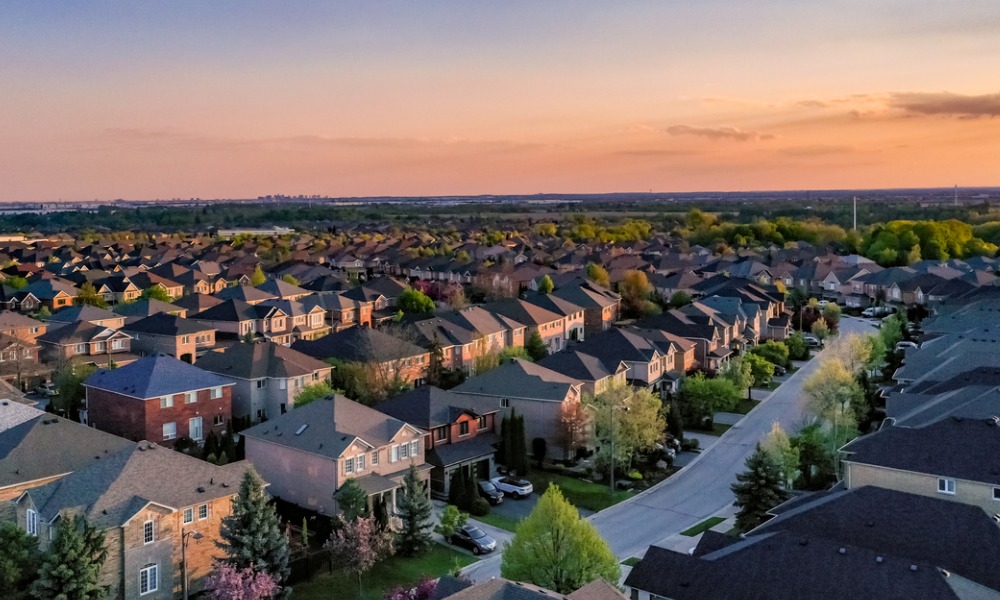Economic challenges lead to lower rents and reduced occupancy

The multifamily housing market showed signs of cooling in October, according to the latest Yardi Matrix National Multifamily Report.
The average asking rent across the US dipped slightly by $3 to $1,718, with modest year-over-year growth of 0.4% – down 40 basis points from September. This period also marked the first occupancy rate decline in four months, dropping to 94.9%.
The report sheds light on the broader economic factors influencing these trends. “While the economy continues to produce solid results, market attention is focusing on the seeming inevitability of slowing job growth and the capital markets conundrum of higher interest rates,” Yardi noted. “The longer rates stay in the 4.5% to 5% range (or higher), the more multifamily properties will face capital gaps when loans come up for refinancing.”
The effects were more pronounced in some of the top 30 metro areas monitored by Yardi Matrix, with 14 of these metros experiencing negative rent growth. This trend was especially evident in Sun Belt regions, which have recently seen a surge in new housing supply and rapid rent hikes over the past few years.
Read next: Value-add real estate gets another look amid housing crisis
Despite these challenges, the multifamily sector’s overall demand and absorption rates remained robust, comparable to strong years before the pandemic. Data from the first three quarters of 2023 showed over 250,000 units absorbed nationally, on par with the annual absorption rates observed from 2017 to 2020.
The steady rate of apartment rentals, even amid market shifts, was largely attributed to supply dynamics. In particular, 10 out of the 12 metros with the highest housing stock growth saw negative rent growth year-over-year.
The report also highlighted changes within property segments. October saw a 0.4% decline in asking rents for lifestyle properties, while renter-by-necessity rents held steady. Additionally, single-family rental rates experienced a minor decrease, dropping $2 to $2,121, despite 1% year-over-year growth.
There’s a looming concern that a potential economic downturn could dampen apartment demand. However, “multifamily demand is boosted by long-term trends that aren’t likely to fade,” Yardi said. “The cost gap between renting and homeownership has rarely, if ever, been higher, which keeps households in apartments. Demand is also created by the hybrid work trend as people seek more space for work.”
Stay updated with the freshest mortgage news. Get exclusive interviews, breaking news, and industry events in your inbox, and always be the first to know by subscribing to our FREE daily newsletter.



